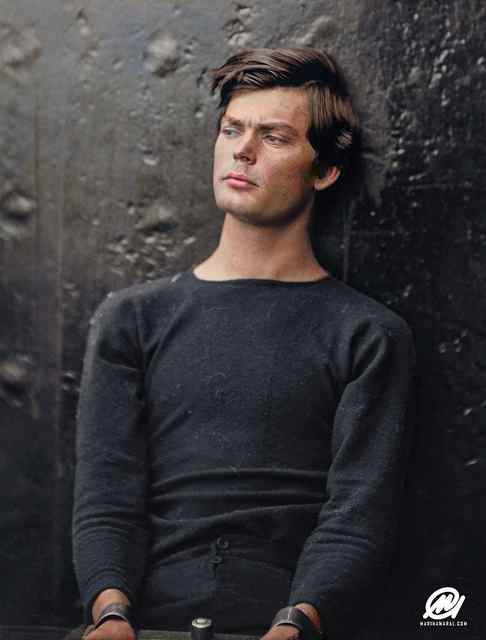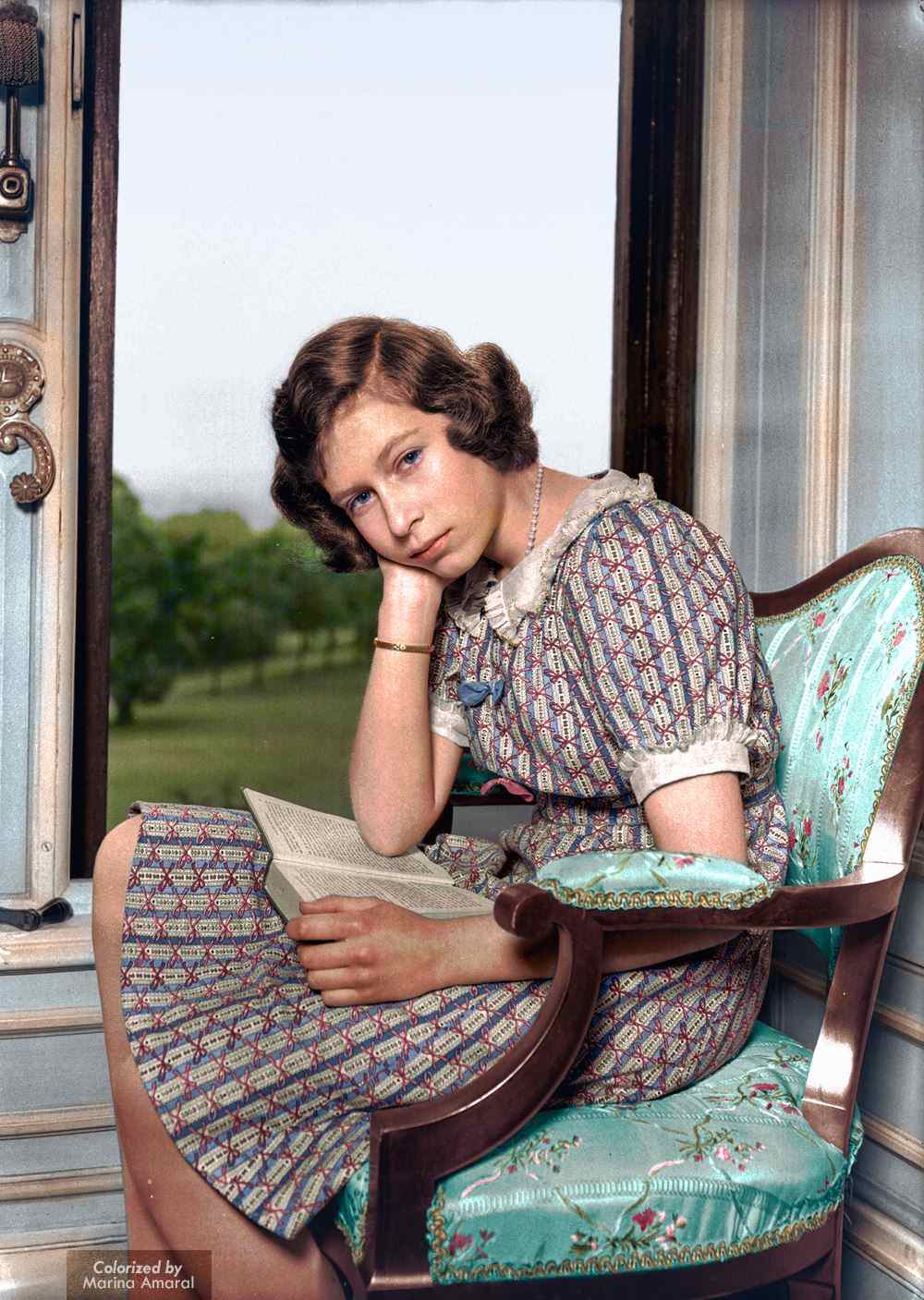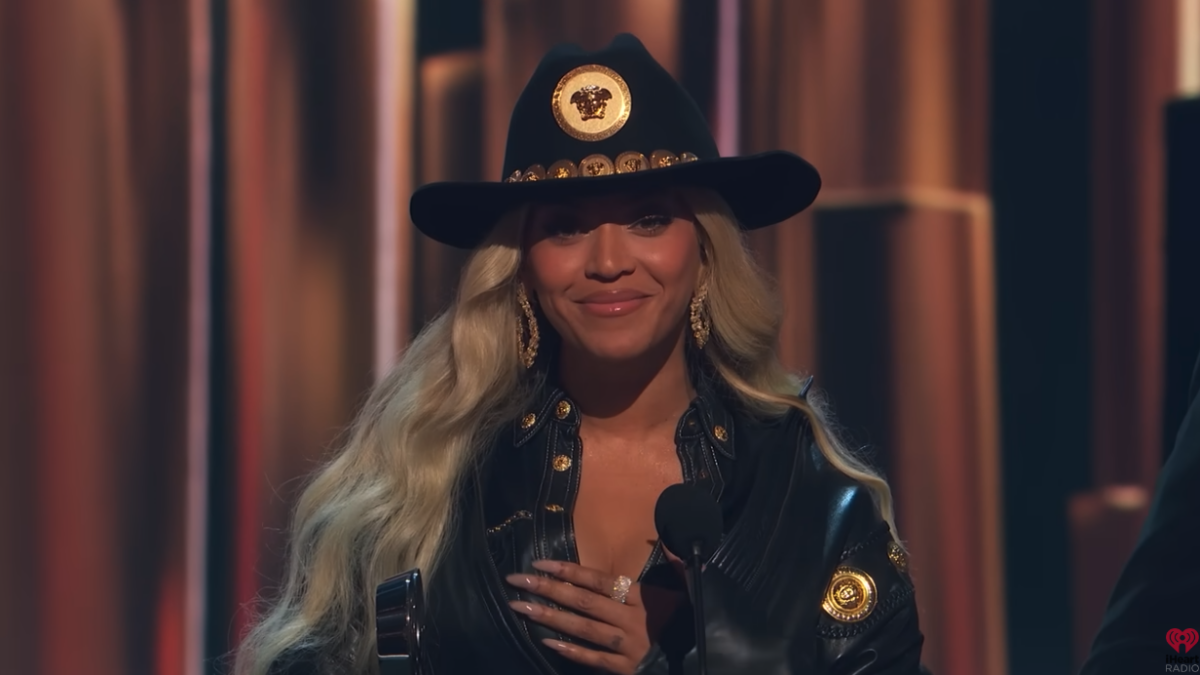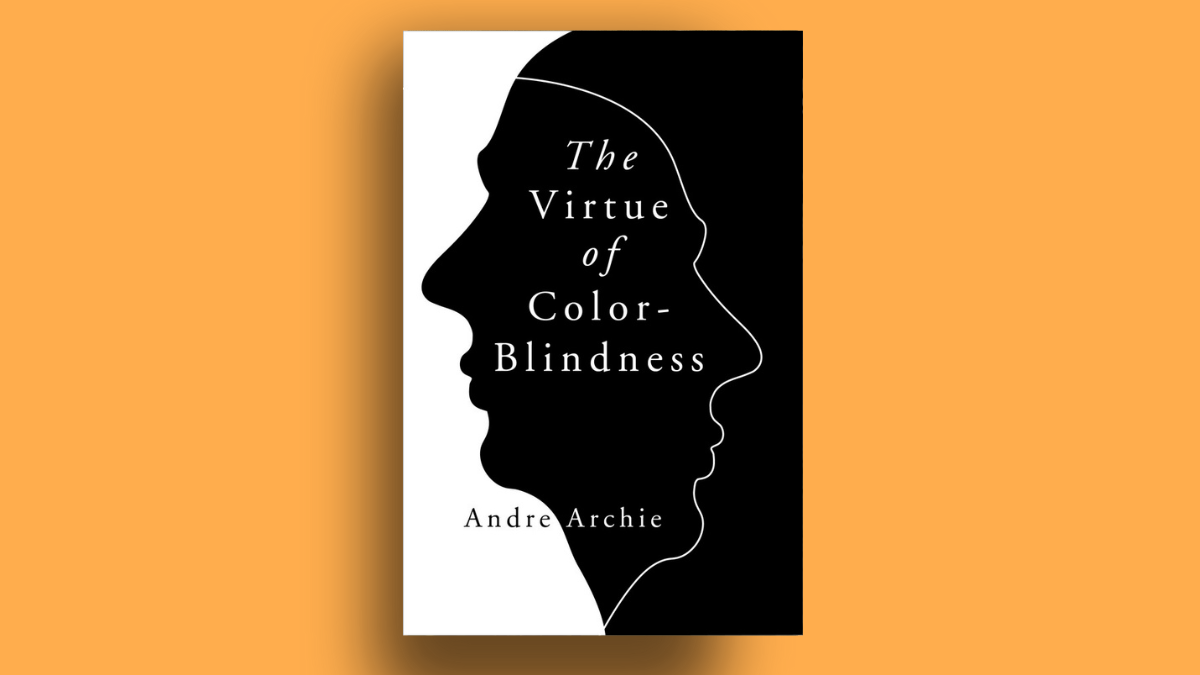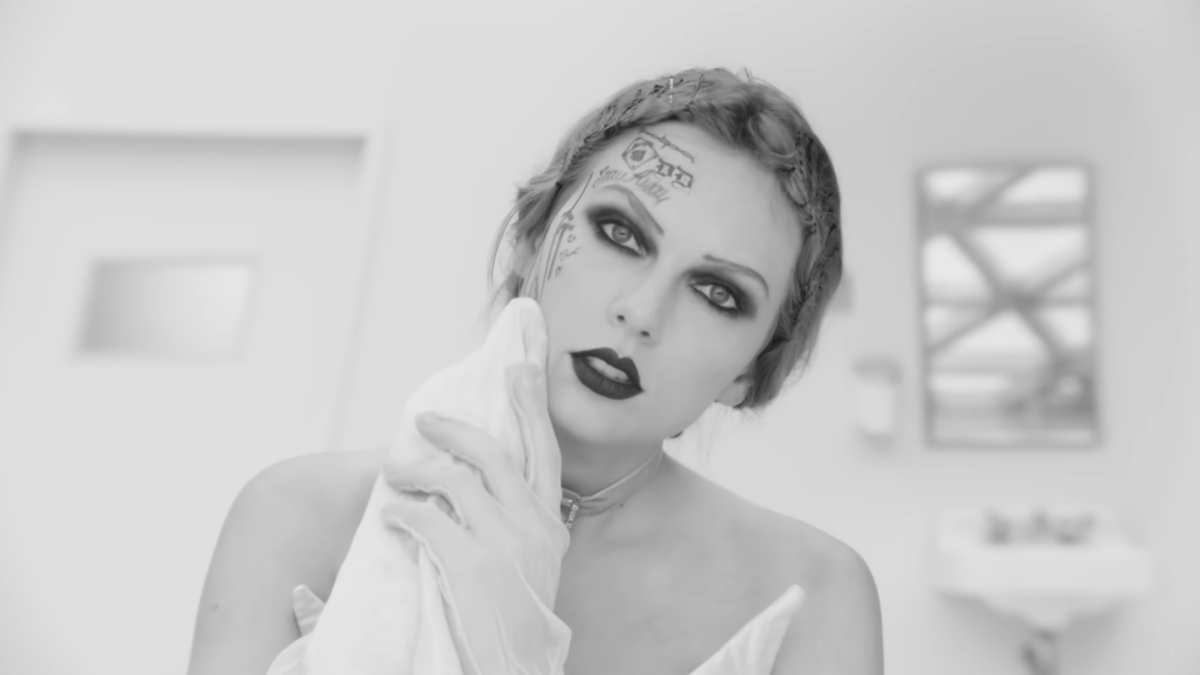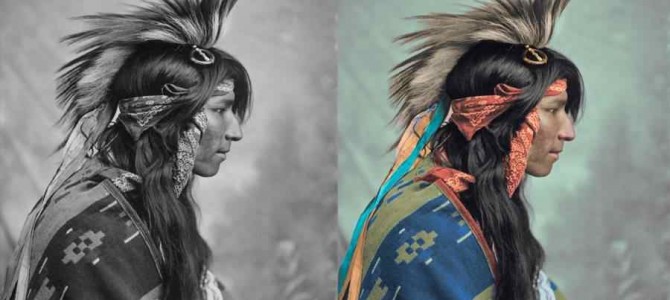
About a year ago, 21-year-old Marina Amaral was surfing the Internet when she stumbled upon a “digital colorization” of an old black-and-white photo. Inspired, she began teaching herself how to use Photoshop to make color versions of more pictures—images of Adolf Hitler, Queen Elizabeth II’s coronation, and the “I Have A Dream” speech. Gradually, her work gained attention, and today, she works full-time as a digital colorist.
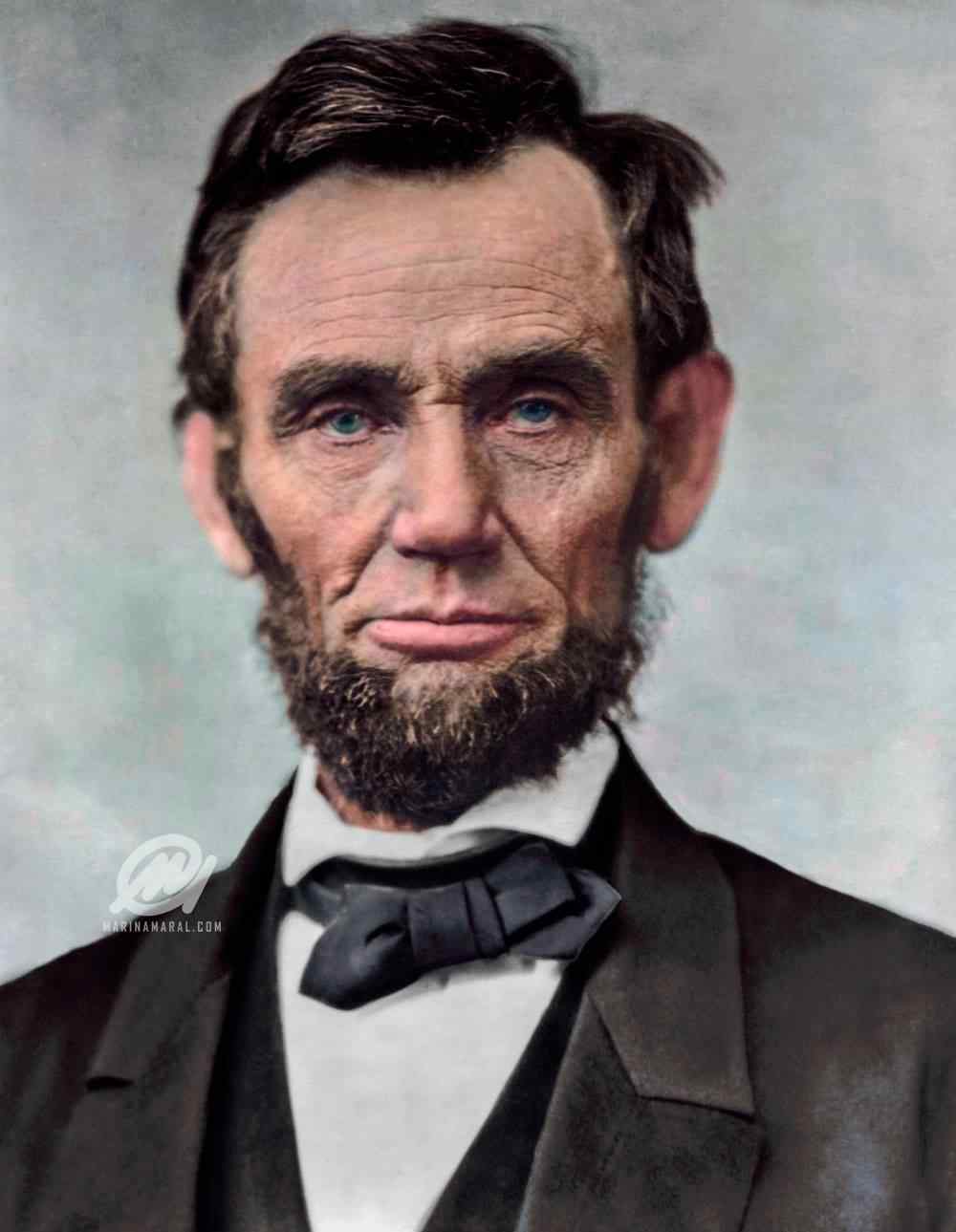
Amaral told The Federalist she’s driven by the desire to offer people “a second perspective.”
“The world is not and was never black and white,” Amaral said. “Color can help to create an instant connection between the viewer and the image, and this is what I want to do.”
The artist, based in Brazil, uses public domain photos or photos from private collections sent to her by the original owners. She’s drawn to images with historical relevance—like images of Holocaust victims, battle scenes from World War I, or the 1963 self-immolation of a Vietnamese Buddhist monk.
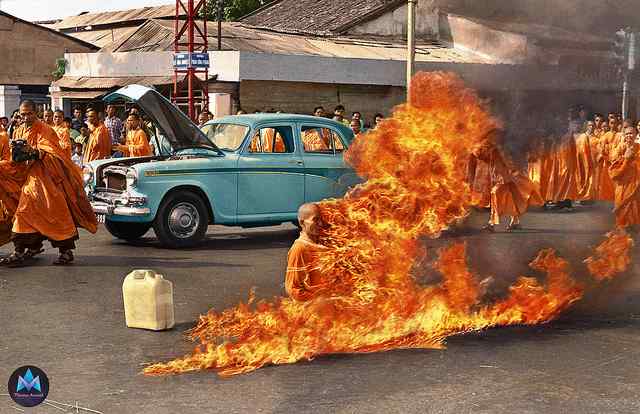
Each project requires extensive historical research to create a faithful reproduction. Amaral must select the most historically accurate color for each object in the image. This can mean investigating descriptions of military uniforms, finding the exact shade of Winston Churchill’s tie, or looking at a modern photograph of a location in order to recreate the colors of the landscape.
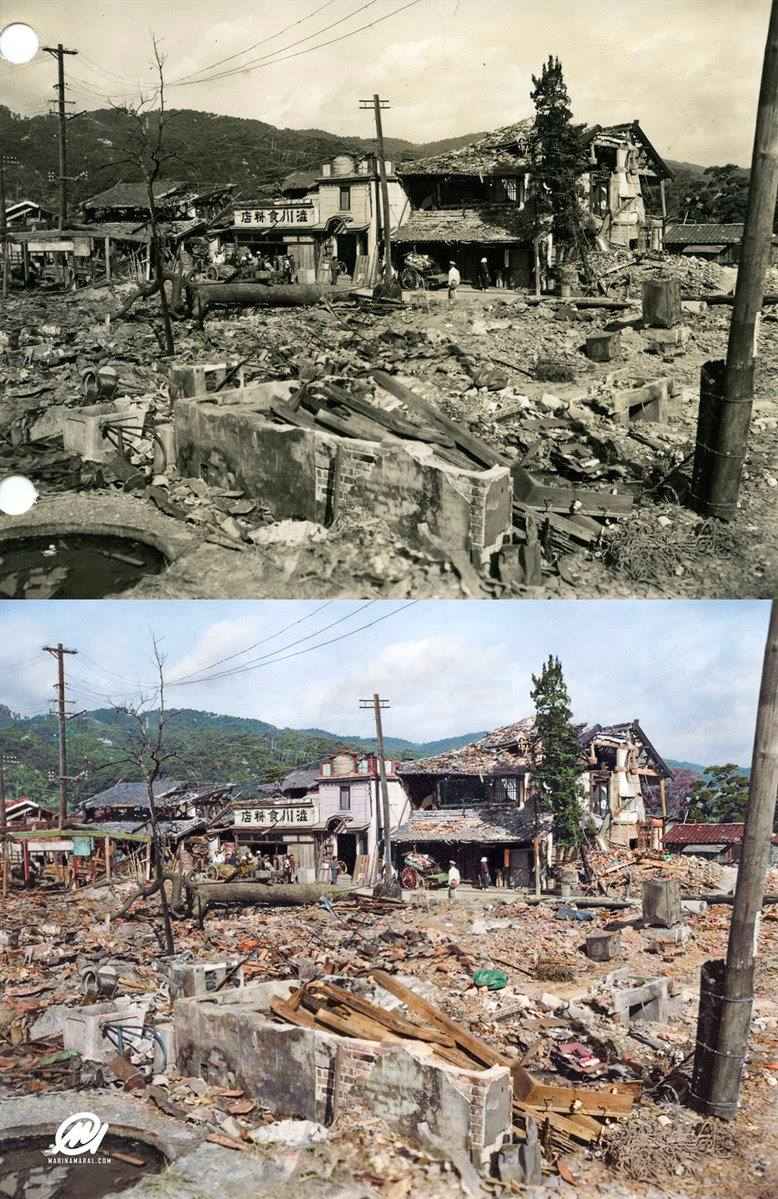
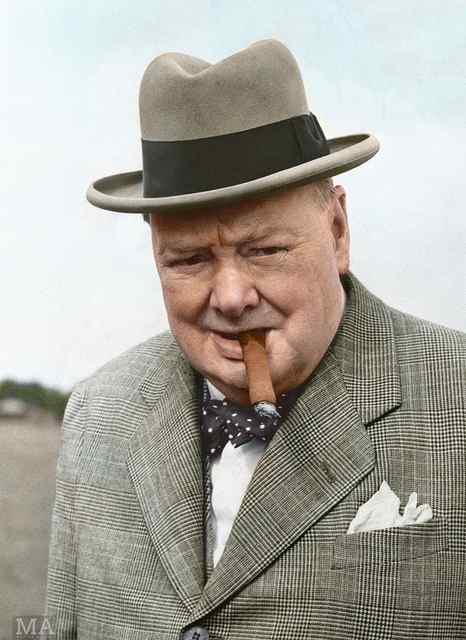
If no information is available for an object’s color, Amaral does her best to make an educated guess. She then uploads online versions of the black-and-white pictures to Photoshop and uses the software to manually create each color required, adding layer upon layer digitally to reach the desired shade.
Amaral has no background in art or photography—she was an international relations major in college. She said she taught herself to use Photoshop through experimentation and practice.
“I’ve always been very curious and always used Photoshop in my free time,” she said. “When I decide that I want to learn something, I keep trying and studying until I learn. I think it all helped me in the process.”
A Love For History
History has fascinated Amaral since childhood.
“I can’t even choose a favorite historical period, because I love them all,” she said. “I wish they had invented photography during the Roman period or the Medieval Era, because I would be so excited that I would not stop coloring even for a second! Something really special happens when you pick up a book and start reading about the lives of people that were living here 300 or 500 years ago.”
Amaral said one of her favorite projects has been colorizing “Sons of Bitche,” the iconic photograph depicting U.S. soldiers waving an American flag out the window of a photography shop in Bitche, France, after the town fell to the 100th Infantry Division in 1945.
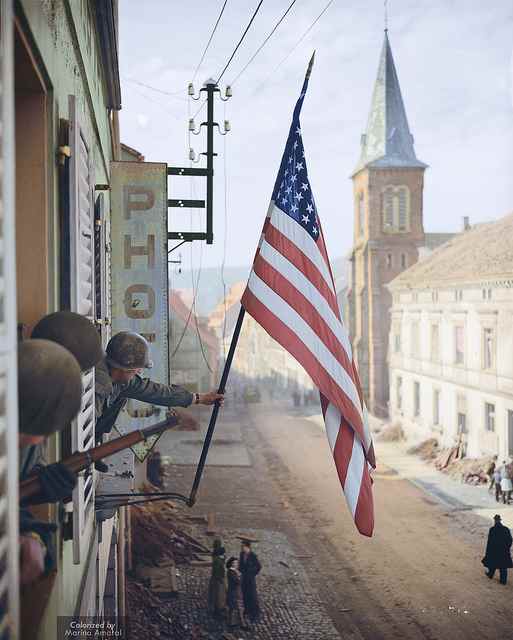
The project became even more meaningful to her when she received a message from Sophie Montag, whose grandfather owned the building—a photographic shop at the time—in 1945.
“It was his brother, Charles Montag, who took the picture when my grandfather was still in the war,” Montag wrote to Amaral. “I think it was the son of Charles Montag, the cousin of my father, who took this photo with him to the USA. I am very proud that this picture goes around the world because it is the symbol of liberation in our region. Thank you so much for that!”
Looking To The Future
Today, Amaral takes commissions full time at www.marinamaral.com, where her work continues to bring many unique interactions with both clients and whoever sees her work. She has even received emails from teachers who say they use her colorizations to accompany their students’ history lessons.
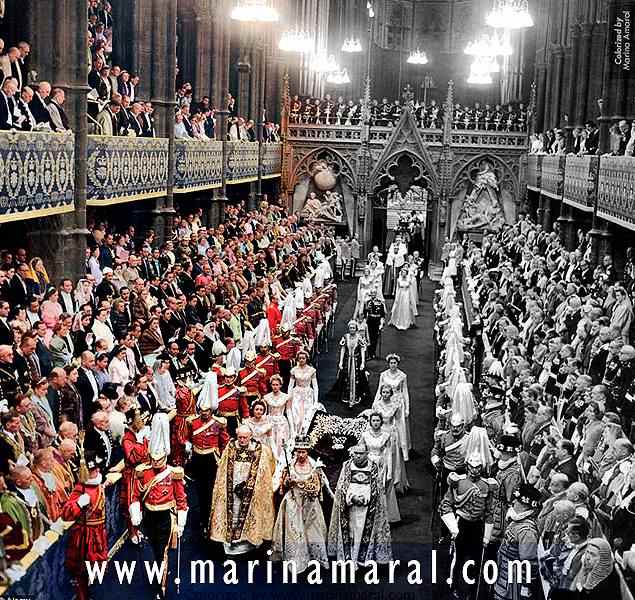
Amaral makes it clear she’s not trying to replace the original photographs—she’s trying to offer a “second perspective” that might help people better connect to the past.
“It is a gift to have the opportunity to work doing what I love to do. I feel motivated for every new project, because I know that those pictures will have a special meaning to the person who asked me to restore them,” Amaral said. “My goal is to produce something for History Channel—when I get there, I can take a deep breath and calm down a little bit.”
